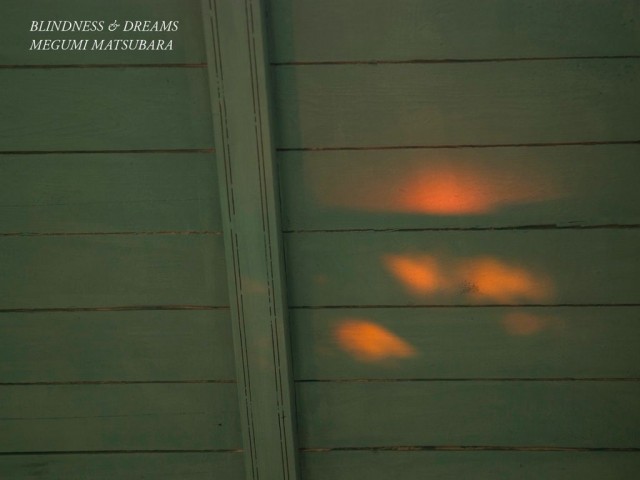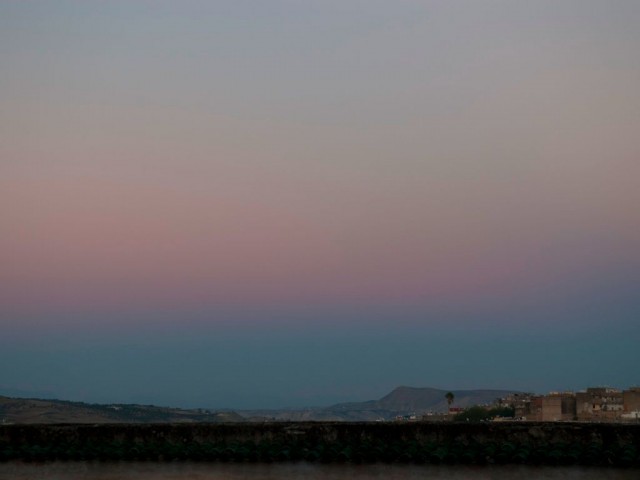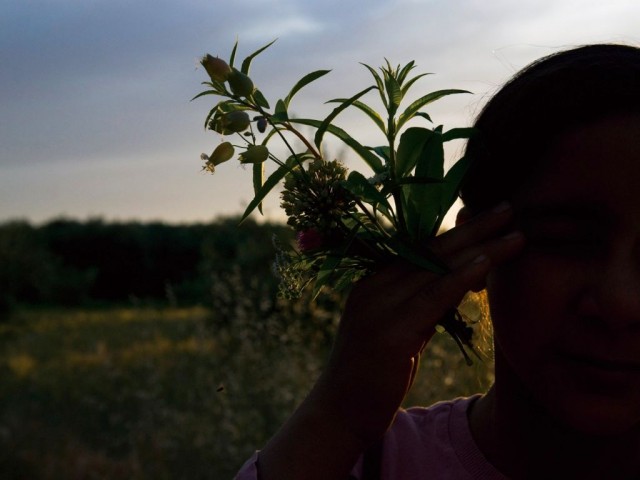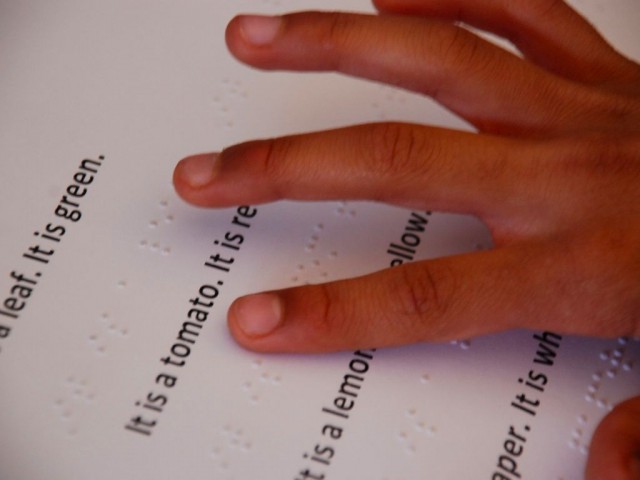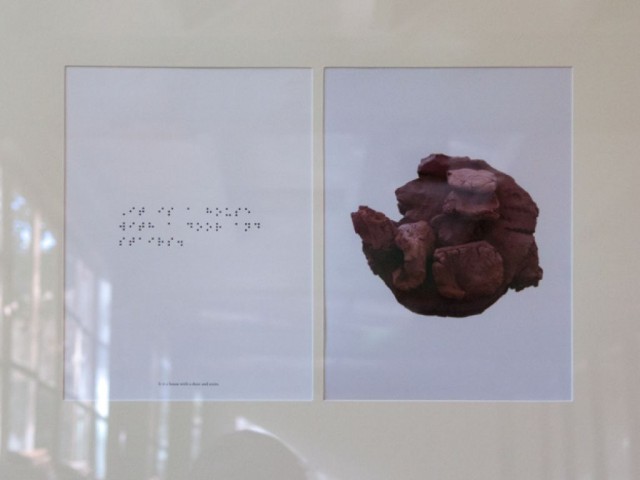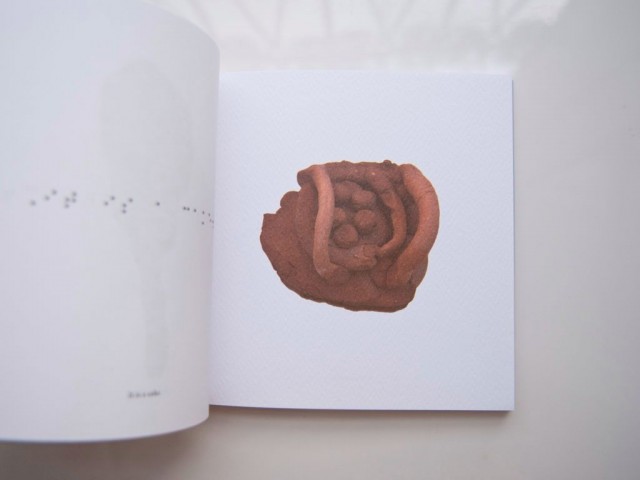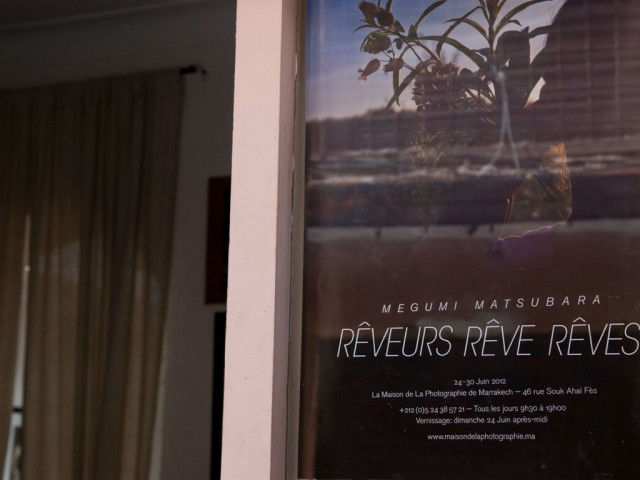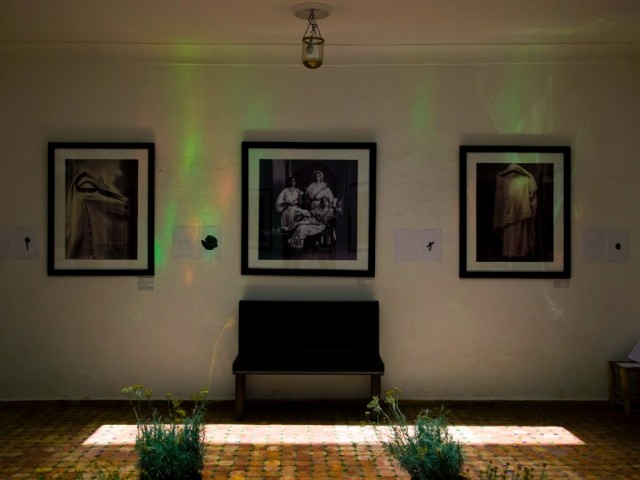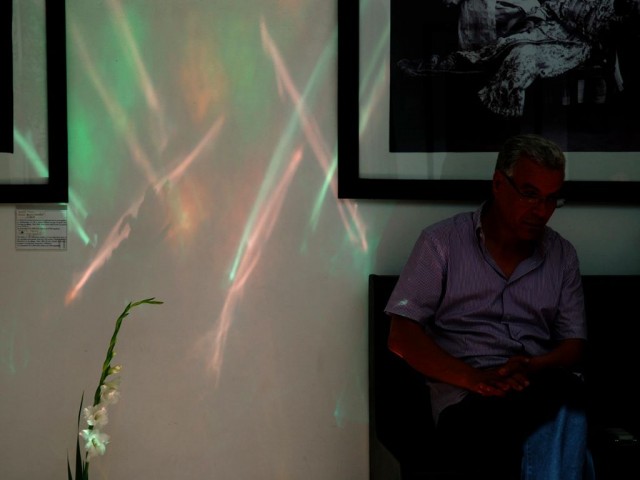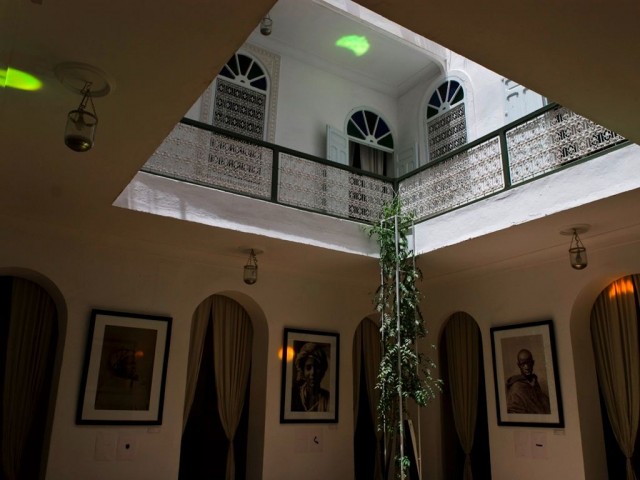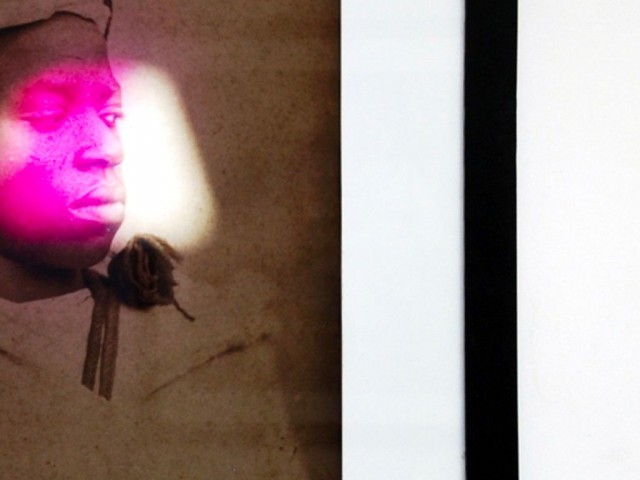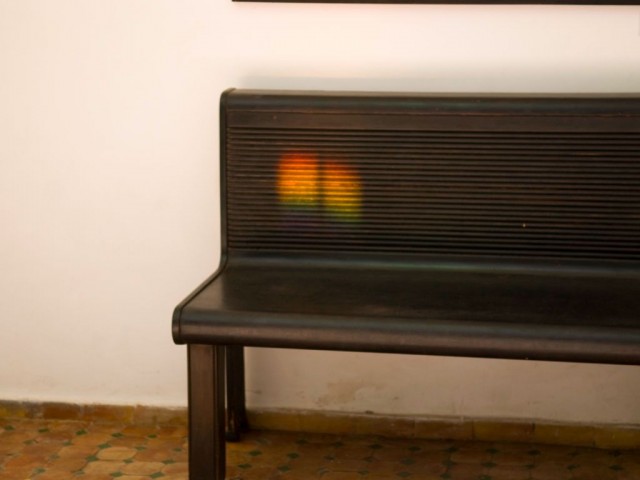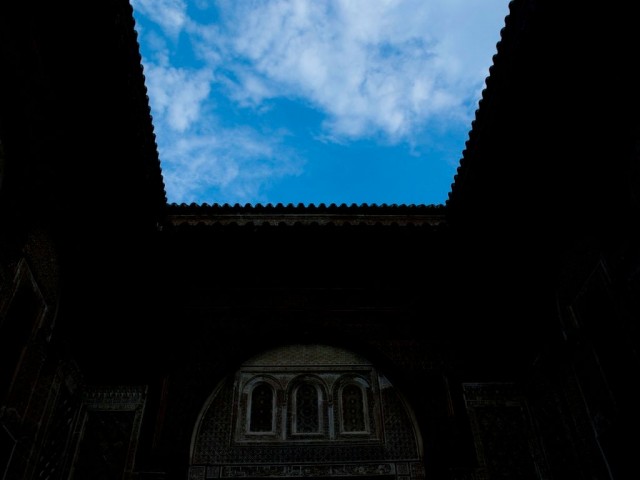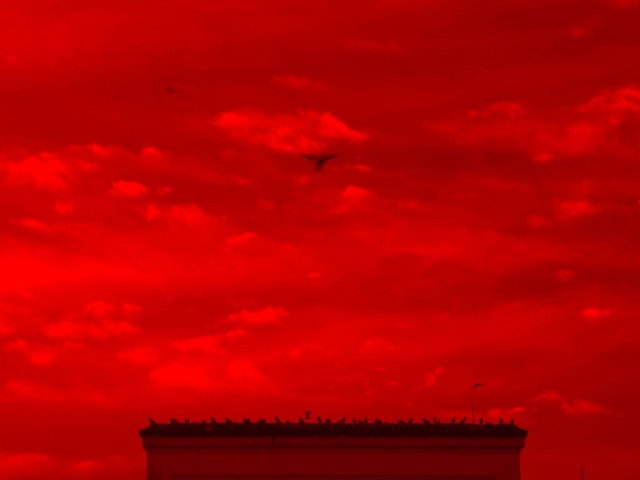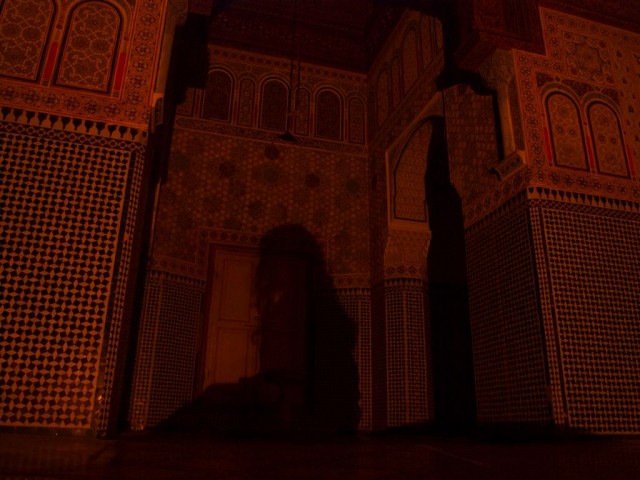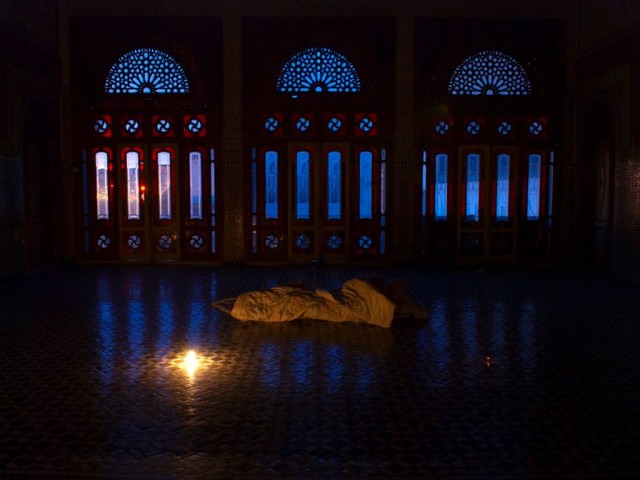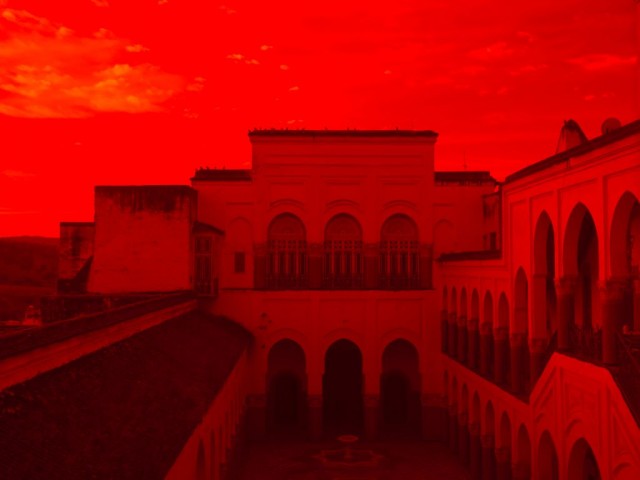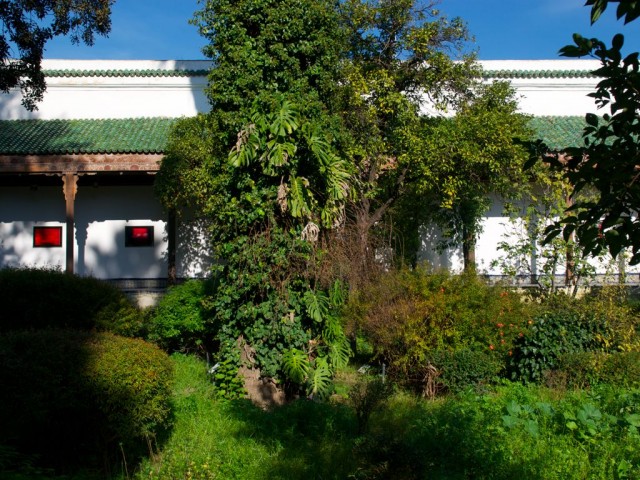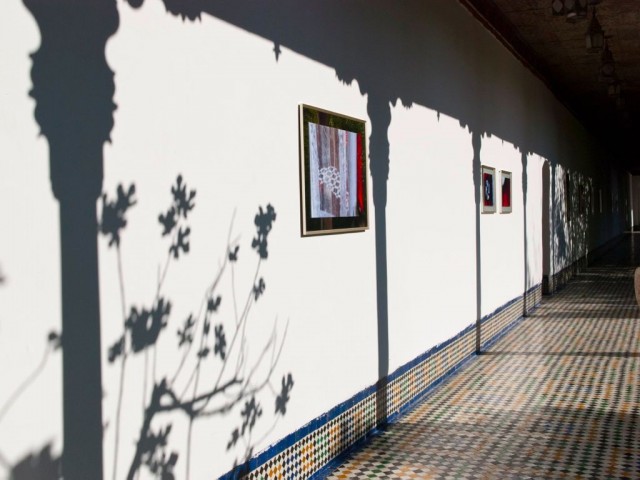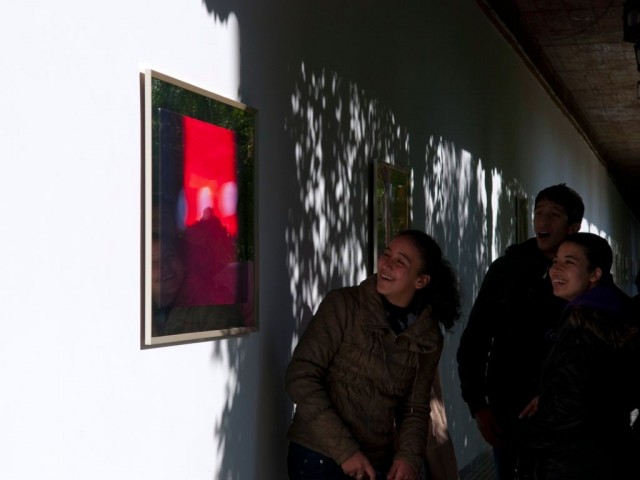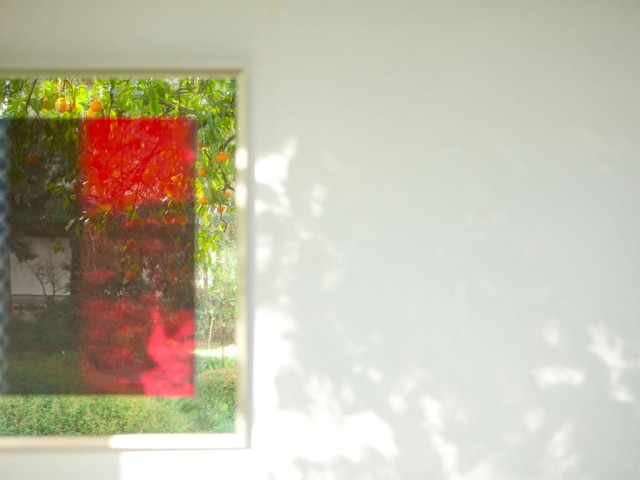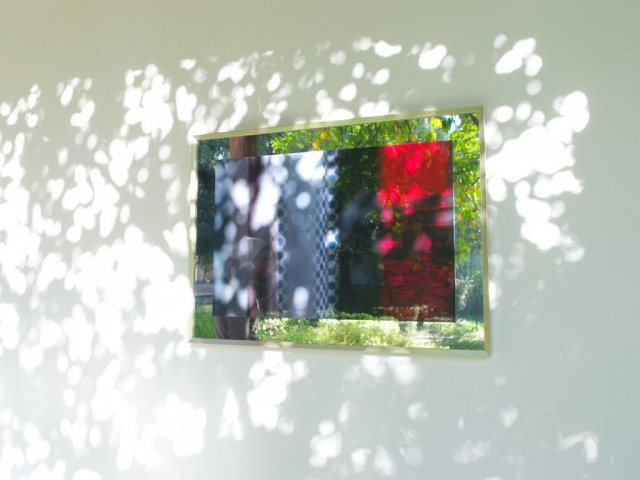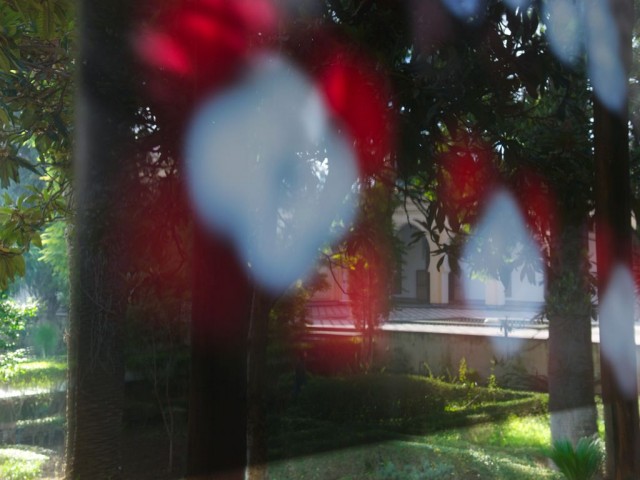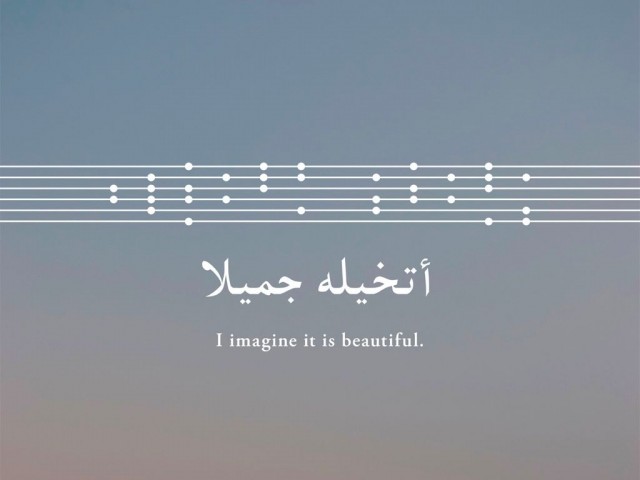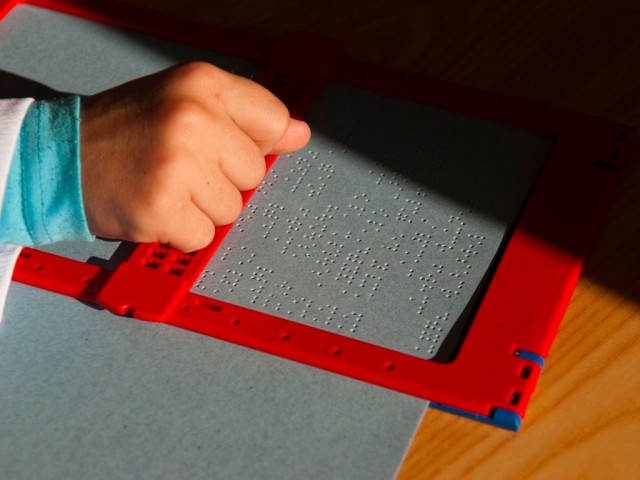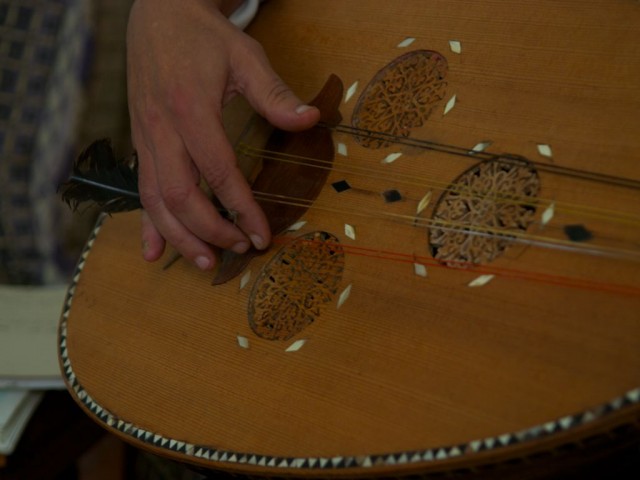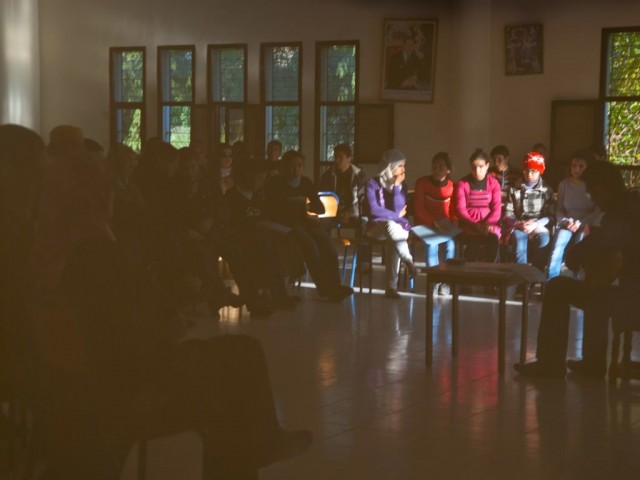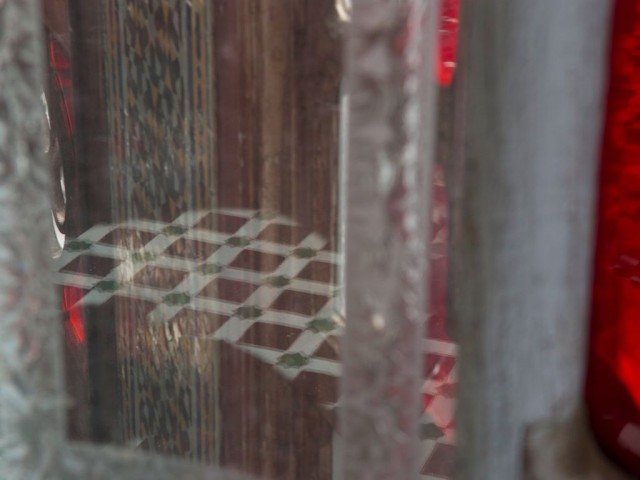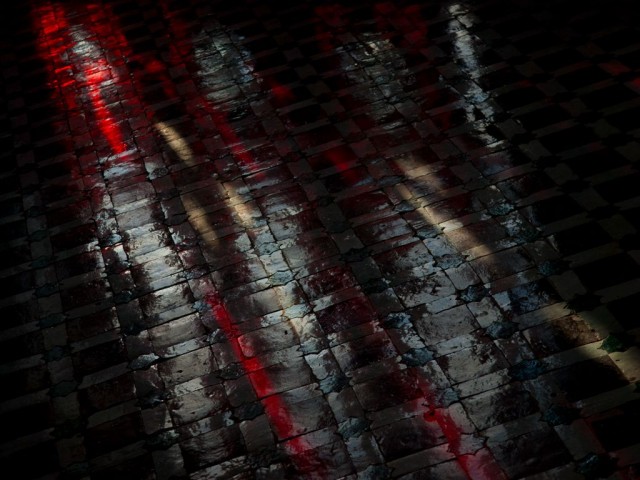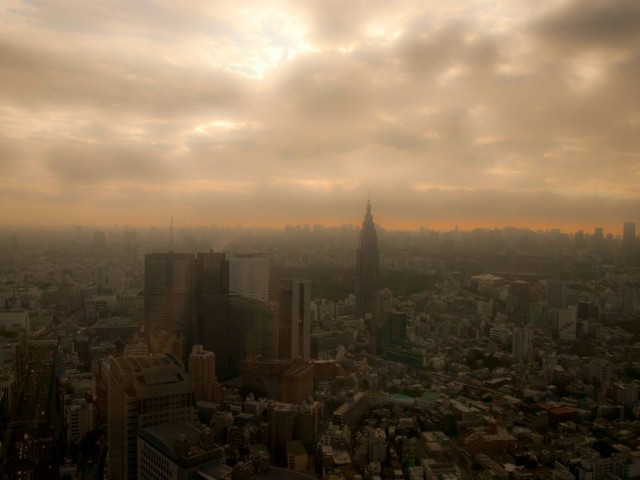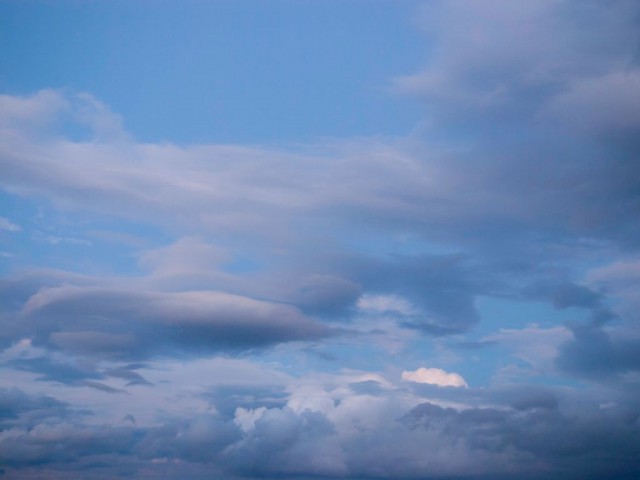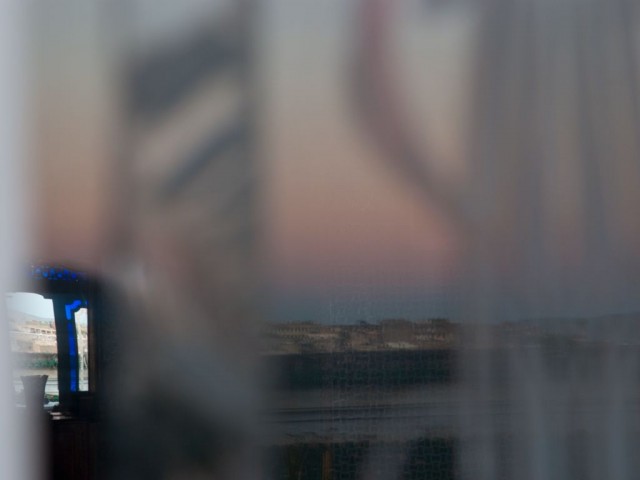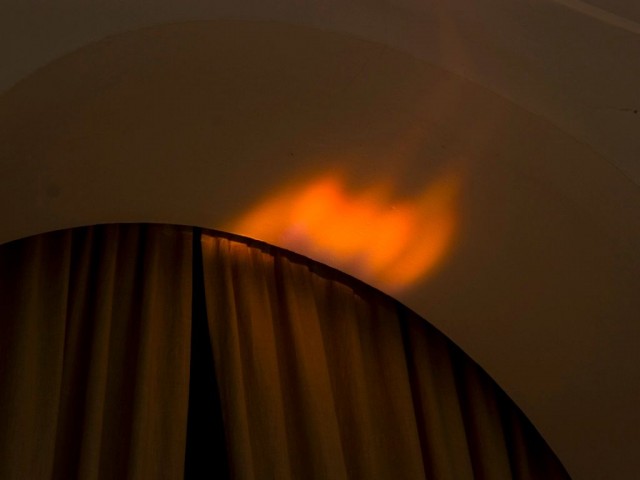17 Mar 2013, Lecture
To the people at March Meeting 2013, during the Sharjah Art Biennale 11, Sharjah, UAE
MEGUMI MATSUBARA
When you close your eyes, what do you see?
Eyes are the window to the soul.
When you shut your eyes, you stop seeing things outside and only see the interior of your soul.
In that world, knowledge and truth come from inside you.
But how can we communicate in the darkness?
My work is to create a blank space – where your presence becomes very important, to create intimacy. This intimacy makes you care about things that only you can see.
Space has nothing to do with physical environment.
The only space that exists to me, is space in my mind, in people’s mind, and it’s sharable.
My work is all based on this understanding of space.
Preface
When I was a child, like three years old, I didn’t like to sleep. At night I was tired and I had to sleep, but for example I hated taking a nap. I was always the last one to sleep at a kindergarden. At home, my mother would fall asleep in front of me while I was still awake. And I had to watch her face until she woke up.
The reason why I didn’t like to sleep so badly was because I didn’t like to close my eyes.
I was scared of closing my eyes. I was also scared when I saw someone closing their eyes – especially for too long.
For me, to see someone’s eyes closed was directly connected to the image of death.
I didn’t know what death was but at least the act of closing eyes was connected to the idea of detachment of yourself from the world as you know it.
I wondered what if this person or myself never opened our eyes again.
What if this was the last time I saw this person’s face, and the other person saw mine.
For me as a child, that was the idea of death.
Closing your eyes and departing to another world that you can no longer share with others.
I grew older, and I still don’t know what death is. But I know by experience, most of the time people close their eyes, they don’t die. And I began to like to sleep. I forgot how it was like to hate to sleep.
But still what remains as a mystery to me is this world that suddenly appears in front of me when I close my eyes.
About blind students & language
I am going to talk about blindness and dreams, particularly about their spatiality that exists only when you close your eyes, through my work I have developed mainly in Morocco since 2012.
– Did you dream last night?
This is the question that I asked seven Moroccan children who were blind.
With this question, I was once rejected. They didn’t remember or didn’t want to tell me in the first place.
But with the same question, another time I was given a key to enter their secretive worlds.
Some people said blind people dream only with sound. Other people said they never dream. But I couldn’t believe those.
The world perceived with external vision seem colourful and tangible. Therefore they look absolute and present.
That always makes me nervous.
I began wondering if there were really the dichotomy of blindness and vision.
After listening to the blind children’s dreams, I quickly realised their dreams were as visual as mine could be, as real as the world could be.
One of the children said, she built a house in her dream and it was in many colours like purple, red, black, white and blue. She never saw colours in her life. So I asked her how she could tell the colour of her house.
She answered, “Because it was me who asked people to paint it in those colours.”
They describe their dreams through language.
And language is a form to explain the internal vision, not image.
The blind children I met in Marrakech were studying English and computers. I joined their classes to know them.
In one of the first English classes in my childhood in a school in Japan, there was a phrase in a textbook, “I touch you. You touch me.” Kids were laughing when they read this text.
In Japan, we don’t have a culture of casually touching each other’s body. This sounded like a useless phrase.
But then what is it that tells you something is physically in front of you?
When my eyes are directed to someone, I try to see through their physical presence.
What am I seeing beyond things that are in front of my eyes?
About language, I made an artwork, which has a rather long title. “A proposal for a textbook to learn Braille, English, and other languages”.
It is a series of coupled images consisting of photographs of sculptures made by blind students and texts written in graphic Braille and English describing the sculptures.
For example, the sculpture above is described “It is a house with a door and stairs”.
The word “other languages” here simply means “everything else” that you don’t comprehend – any language form that attempts to describe your internal vision.
With the same title, I also printed a book.
About “RÊVEURS RÊVE RÊVES” exhibition & Conversation with Farid Zahi
The stories of their dreams developed into an idea to organise an exhibition at La Maison de La Photographie, the Photography Museum in Marrakech.
In this show, I didn’t show my photographs. I didn’t remove any part of their permanent exhibition either.
I added a layer of installation on the top of their existing environment, mainly controlling the effect of light.
The museum is an old fondouk and lets in sunlight vertically in the courtyard.
By using water, mirrors, glass, prisms, I controlled this light to float in the space, like fish in the ocean.
My work was there and visible but not necessarily made easy for eyes to see without paying a peculiar attention.
A Moroccan friend Farid Zahi, critic and translator specialized in phenomenology, came to see my show and introduced me to a few things.
Traditional Moroccan houses like riad or fondouk are blind.
They all look inwards and are completely blind to the world outside.
And patio is where external light is reintegrated as an internal light.
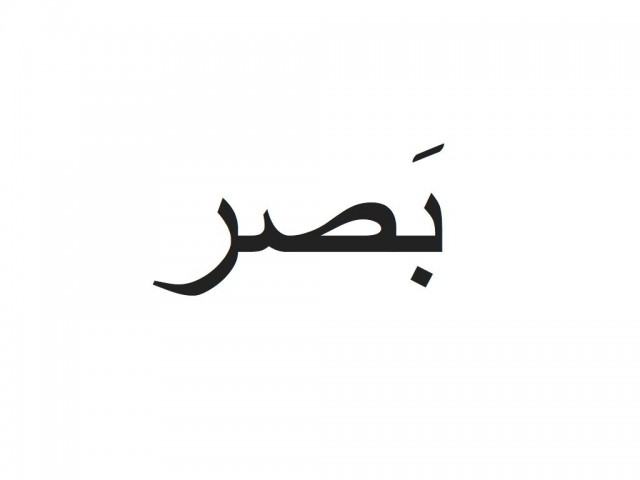
In Arabic, there is a word “Basar بَصر”, which means the eyesight: the ability to see.
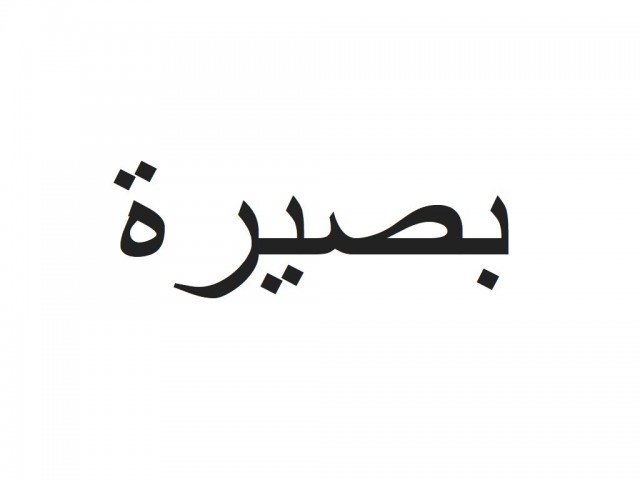
There is also a word “Basira بصيرة”, the insight: the ability to understand people and situations in a very clear way, the understanding of the true nature of something.
It is clear in Arabic those two words derive from the same roots.
In the environment where he grew up, he was not allowed to call the blind people blind, instead they called them “Basir” which means “a person with vision”.
He said the houses are “Basir” instead of “blind”. But by my intervention, the vertical light was re-decentralized and put it to an unstable state.
What was happening was infiltration of the light to create a passage between eyesight and insight.
And I want to explore this territory that belongs to no one and bring it to existence.
About “UNE CHAMBRE ROUGE”
I continued my work next in Fes.
In Marrakech, I was asking the blind children about their dreams.
But I reversed this and this time I told them about my dream.
Since I came to Fes, I realised I began dreaming very often.
I dreamt almost every night and that was very exhausting.
I thought I needed to do some ritual to change that habit.
In Fes, there are many ruins.
In one of ruined palaces, there was a room I liked very much. I asked if I could sleep there.
I was lucky to get my will through and slept in that room.
I dreamt that night.
In the dream, I was sleeping, also dreaming.
When I woke up, I remembered I was sleeping in a red bedroom in the dream.
I wondered why I thought it was red. Because this room in my dream had neither walls nor objects, nothing material.
I couldn’t understand how I saw this colour.
To search for the meaning of this dream, I decided to tell my dream to the blind students, in reverse to the work in Marrakech.
I asked blind and visually-impaired students in Fes to describe how they imagined the colour red.
At the same time, I also found that in another palace, there was a room called red salon.
I asked if I could stay overnight in that room to take pictures of varied shades of red.
Kindly they gave such a permission to a stranger for the first time.
And I photographed ‘red’ then exhibited the series of photography as an installation in the courtyard of the Batha Museum.
I framed the pictures by mirror and put them on the wall where the sun hit all afternoon.
In this installation, I captured and framed the city in three layers: photograph of Fes, reflection of Fes, and shadow of Fes.
You see the photographed colour red but not clearly all the time. It is shown inseparable from the surrounding environment that interacts with it.
I wanted people to experience this colour in a specific context, and not just see it by their eyes.
About Music: I imagine it is beautiful
The music you have been listening in the back of my talk, I think you might have been wondering what it was.
It is music translated from Arabic Braille.
When I asked the blind and visually impaired students to tell me about the colour red, one of them submitted a 5-page report. It was written in Arabic Braille.
When I got this report, I was excited but couldn’t read.
It was double difficult for me because it was in Braille, then it was in Arabic.
I asked him to read it for me and he did. I listened to him but couldn’t understand.
A few things came to my mind.
Braille characters are represented by the variations of six-bit unit.
I realised oud – traditional Arabic stringed instrument had six strings.
And someone told me that Andalucian oud has a theory that connects music to colours.
Andalucian ones have four strings that are coloured in white, black, yellow and red, each colour having its own tone of music.
I thought, by mechanically translating these characters into the music score for oud, I could make a sound of music.
I wrote them into the music score and asked an oud musician to play the entire score.
I got the report also translated into English and read it.
In the report, his beautiful report, he talks about the colour red in his memory.
He used to see.
As a child, he remembers, in weddings he saw a bride wears a red-coloured tattoo on her forehead, chin, and another one on her middle finger of the left hand. He wondered why – especially about the colour on the finger.
He later discovered through a book that red on forehead means ‘loyalty’, red on chin means ‘hope’, and red on the middle finger means ‘love’, because there is a vein that directly leads from there to heart. So red symbolizes ‘love’ to him.
All these stories he wrote in Arabic Braille were translated into what you are hearing as 90-minute music.
I have a belief – all the rules we created – language, expressions, behaviors, localized rules, etc, they were created to slow us down. Because, in fact, originally human beings are capable of swallowing complexity. We immediately comprehend. That’s why we cry. You don’t think before you begin crying or laughing.
We are very intuitive and very fast in communication. We understand much more and faster than we can explain.
We created language, societal norms to be slower to avoid frictions and extreme emotional waves.
I believe we all have ability to see things, feel things much more, far beyond any other rules we created.
About two cities: Tokyo and Fes
I have been based between Morocco and Japan since 2012. In Morocco, now I live in Fes in the ancient Medina which is known for its confusing structure like a labyrinth.
But I was born in Japan. I grew up in Tokyo in the 80s and 90s.
There are major differences between these two cities.
Growing up in Tokyo as a teenage girl, just by walking, just by breathing, there was a feeling in the air everything was possible and reachable. If I wanted something, there was a feeling I could get it by my own hands – with some kind of arrogance supported by innocence.
It is an illusion. But in Tokyo, everything seemed to be in your sight. Your desires were found outside you.
Fes is almost the opposite for me.
Everything blocks my sight. My eyes are connected to nowhere outside.
I get imprisoned in my own world, even though my eyes are wide open.
This is a special feeling: I have eyes with sight, but I cannot see.
In the same way as the traditional houses are, the city also is blind to the world outside.
And this leads me to the feeling of being lost.
I feel lost because, coming from Tokyo, I am so used to having all these external stimulator and navigate myself within that.
And this feeling of being lost comes with the feeling of ‘no exit’.
You cannot ask someone how to get to the exit because you are not lost physically.
You are lost within yourself and have to deal with it by yourself.
About conversation with Colette Apelian
When I discussed about this feeling with another friend Colette Apelian, art historian who studied about Islamic architecture and urbanism over the years, she said:
The architecture of Fes is purposely created to protect privacy.
There are walls within walls within walls, and you can never see what’s happening inside the houses.
Even when you are invited to the house, you come to the centre of the house, from there, you still cannot see the rooms, only the sky.
There is nothing to imply exit outside Fes. If you want to know about something – all you can do is to turn internal.
Therefore it becomes a cipher for a journey within you.
There is this notion in Islam religious scholarship that spans decades and cross-continents, the way of knowing God is through one’s hearts but not through one’s eyes.
Knowing through one’s heart was given more credence before modern age, and rather more authoritative way of knowing.
But in modern era, we are so attracted by facts and figures and science, we have forgotten about this mode of knowing or we think this is not a significant mode of knowing any longer.
Then she asked:
Who can be blind? What is blind? What are these moments that we are blind in our lives?
What connects this ‘feeling of being lost’ to the ‘blindness’ is that you cannot search for the way out and only have to live with this new world. Having no exit, you cannot apply your old sense of how to organise space. Instead you need to create your own psychological map to know things.
Epilogue
How can we communicate in the darkness?
I think it is nice to close eyes. When you close your eyes – you see things that only you can see.
Those images are often called imagination or dream.
But it might scare you too, because you are trapped in a void that no one else can share.
Like I used to feel by closing my eyes when I was a child.
I think our eyes are abused. They are given so much power compared to other senses.
But in fact we don’t even know what other people see even when we are in the same space at the same time.
In our time – it is so nice that we can communicate – very instantly, spontaneously. Feeling connected and sharing things all the time. It is wonderful.
But we cannot neglect ourselves, the closest mind you have, which is confined to your body.
And this mind contains a universe as big as the universe around you. Because the size of your mind has no limit. And it is this universe that makes you communicate with the rest of the universe.
In other words, to deal with oneself is as important as dealing with others.
My medium is Space.
To deal with space means to deal with these two worlds; external and internal and find the balance between the two so they communicate. Space stands in-between.
My work often carries a constantly changing phenomenon. Things don’t remain the same. People ask me why I make things that disappear. They also ask me why I make things that people might not even see.
For me, space is completed in people’s mind. Only when people sense it with a certain kind of intimacy, my space is completed. I try every possible means to convey this intimacy to people. But it requires attentiveness – which often requires a sense of vacant time.
In the modern age, this seems to be the most difficult thing that one can demand from others.
My work demands this most expensive thing from people.
I believe in the future where everybody has this time – that everybody is only interested in creating the most beautiful instance for every moment, instead of accepting what is offered and letting time control you.
Because everything happens only once, and that’s it.
One day, when the time comes, it’s over.
> March Meeting 2013 “The courtyard as constructive void: negotiating perception and memory”
> To view the lecture: http://vimeo.com/75137671

